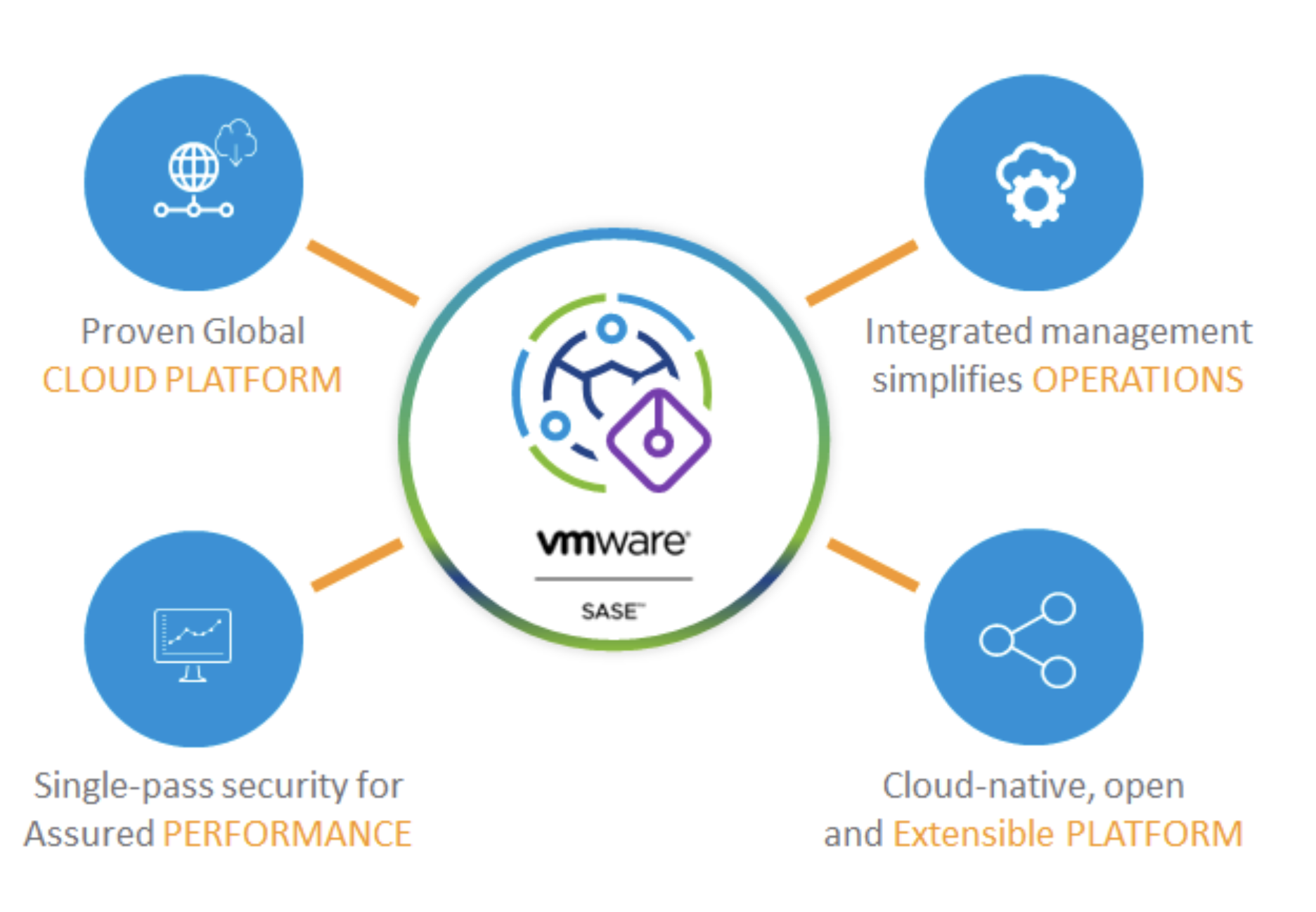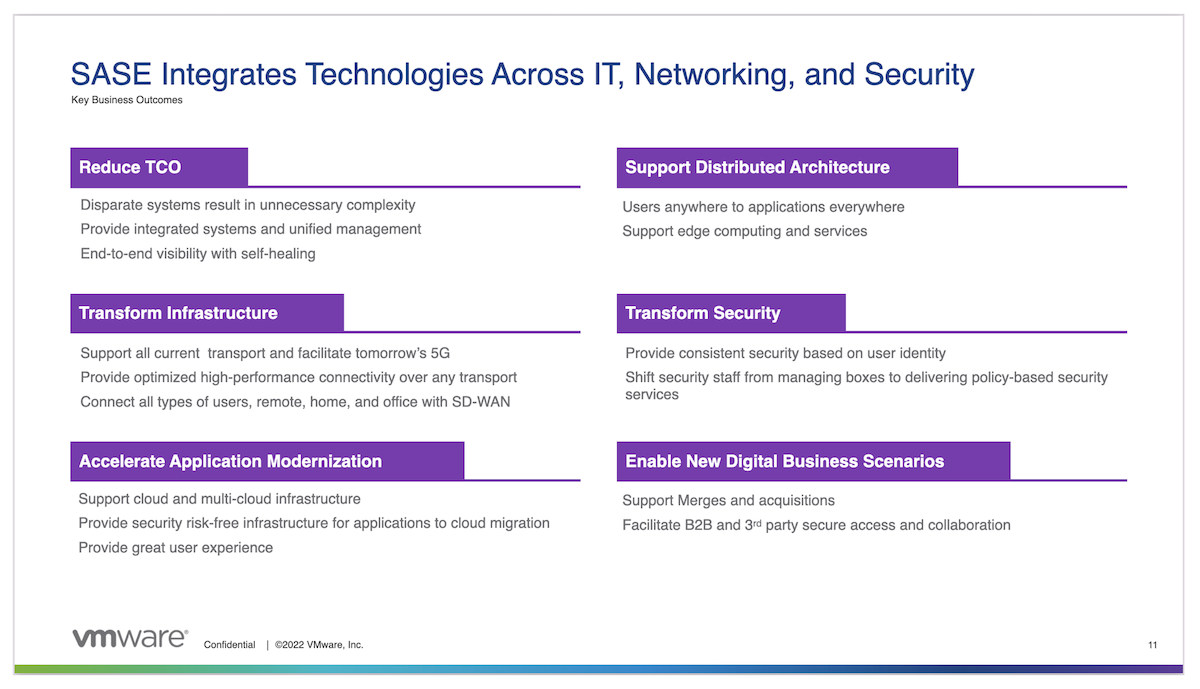SD-WAN has the potential to augment various traditional deployment models depending on the platform and use case. This provides new opportunities for both traditional enterprises along with managed services providers (MSPs). Enterprises have more options regarding the level of control they wish to maintain over their wide-area network (WAN). Likewise, MSPs are now better enabled to offer various levels of control to the customer while receiving an increasing amount of visibility into the WAN operation.
SD-WAN is considered a “platform” because there are typically one or more centralized controllers coupled with either software or physical devices located at the WAN endpoints. These controllers communicate with each other through various, often proprietary, protocols. Even though SD-WAN is becoming a mature technology, the components are still usually from a single vendor. Some platforms allow you to host the controllers, and others do not. Some platforms require hardware to be installed at all participating sites, while others can run purely as software on a hypervisor. Some platforms allow for both of these situations.
Self-Managed
When it comes to operating and managing a WAN, enterprises run the full spectrum of wanting to maintain complete control of all facets up to the point of demarcation from the service provider (and even beyond, in some cases), to completely outsourcing both equipment and management to a third party. There are many business factors that play into these decisions. These include cost structures, skills required to manage the WAN, and accountability when things do not work correctly. SD-WAN platforms enable these various operational and management models through different built-in capabilities. This allows the enterprise to choose a right-sized model for their financial and operational situation.
For SD-WAN platforms that allow you to host your own controllers, the enterprise has the option of managing all aspects of their WAN environment themselves. This includes determining the level of redundancy required per-location, disaster recovery options, “right-sizing” the equipment for each location, and even complete intermediate transport independence. For example, the organization could host one controller in a primary datacenter, and another controller in a backup datacenter. Likewise, instead of contracting with a single service provider for transport, as is often the case with a traditional WAN service such as MPLS Layer 3 VPN (L3VPN), each location can have the underlying SD-WAN transport provided by different service providers which enables connectivity that is appropriate to the needs and budget of the location.
Managed Service Providers (MSPs)
At the other end of the spectrum, MSPs have the ability to provide an end-to-end fully-managed SD-WAN service. The MSP can take care of the on-premises hardware and software, hosting and management of the controllers, circuit ordering and provisioning, and simply produce a consolidated bill to the customer organization each month. The MSP can then be responsible for translating business policies and requirements into operational network policies.
Most enterprise organizations will end up between these two extremes when selecting their SD-WAN deployment model. For example, an organization may have fairly recent hardware that is capable of SD-WAN, but they lack the time or required skills to implement and manage the SD-WAN service, so they contact an MSP, VAR, or contractor to perform the upgrades.
Another very common scenario is the enterprise migrating away from leased lines backed by a single- or multi-provider MPLS L3VPN service to a broadband/LTE-based SD-WAN model. Leased lines are frequently terminated on older equipment since the connection method is usually serial, whereas most new transport handoffs are Ethernet. In these situations, the organization is probably due for a hardware refresh of the WAN routers anyway. When upgrading equipment and obtaining different types of connectivity, going with an MSP presents the opportunity to switch to a completely OPEX model where the MSP provides the hardware and manages the various broadband and LTE circuits.
When going with this particular deployment model, the enterprise needs to determine what level of operational control they require, and what the MSP will allow. Some MSPs desire to offer very little visibility or control into the SD-WAN platform. In this sense, the MSP acts as a traditional service provider and the on-premises equipment becomes the demarcation point. SD-WAN is simply the transport service with this model. Many enterprises require more visibility and control and request different levels of participation in the SD-WAN platform.
For example, once the SD-WAN service is established and operational, the enterprise may wish to make various policy changes based on new business requirements as desired without intervention or participation from the MSP. The organization may determine that a newly-deployed business application requires a higher level of priority in the network, and rather than wait for the MSP to implement the change, the organization can take control and make the change themselves.
Likewise, the organization can verify that service-level agreements (SLAs) are being met through visibility into the platform itself. SD-WAN platforms typically include enhanced network visibility and telemetry, which makes it easier to evaluate defined SLAs. For instance, the MSP could contract that VoIP traffic will always meet a specific Quality of Experience (QoE) level, and more easily provide remediation methods if that level is not met.
Finding The Right Fit
With the new opportunities and operational models enabled by SD-WAN, enterprises will need to take a good look at their business requirements and evaluate what they desire by moving to a new SD-WAN platform. As with all business needs, there are hard requirements, and “nice to haves” that should be considered with a long-term WAN strategy. Luckily, SD-WAN is poised to enhance longevity by providing new features through software without necessarily requiring a hardware replacement, which was commonly required in the traditional WAN model. Some enterprises will always desire full control of every aspect of the WAN, whereas others are comfortable (and sometimes even require) handing operational control off to third-parties. Ultimately, SD-WAN enables a wider range of choices that were unavailable in previous WAN models.
If you would like to watch the FutureWAN panel that discusses these topics and more, please register for SD-WAN Conversation Between Service Provider and Enterprise here: https://vshow.on24.com/vshow/sdwanapac/content/1906830/




